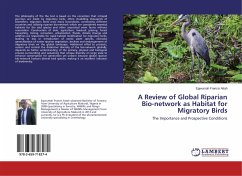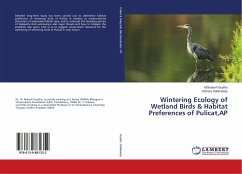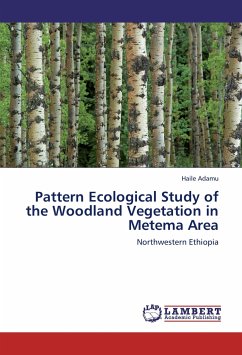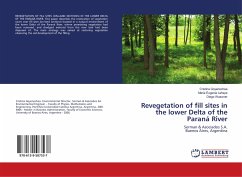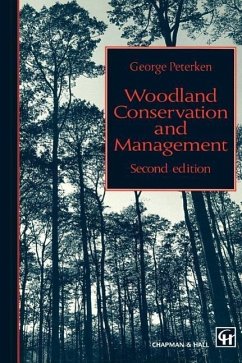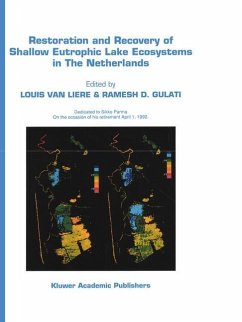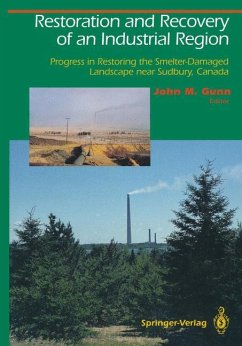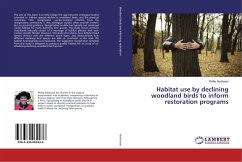
Habitat use by declining woodland birds to inform restoration programs
Versandkostenfrei!
Versandfertig in 6-10 Tagen
62,99 €
inkl. MwSt.

PAYBACK Punkte
31 °P sammeln!
The aim of this book is to help bridge the gap between ecological studies intended to address species decline in woodland birds, and the practical conversion into revegetation works. Common criticism from the revegetation community is that ecological studies often provide rhetoric but no practical guidance. Revegetation to date has typically not produced useful habitat for many declining bird species. This study shows remnant woodlands naturally consist of a montage of habitat patches that each contain specific floristic structure. This study then shows how different bird species interact with...
The aim of this book is to help bridge the gap between ecological studies intended to address species decline in woodland birds, and the practical conversion into revegetation works. Common criticism from the revegetation community is that ecological studies often provide rhetoric but no practical guidance. Revegetation to date has typically not produced useful habitat for many declining bird species. This study shows remnant woodlands naturally consist of a montage of habitat patches that each contain specific floristic structure. This study then shows how different bird species interact with the different patch types, and demonstrates how different declining bird species are able to co-inhabit at the scale this habitat heterogeneity was measured. The suggested revegetation template from this study is designed to produce quality habitat for an array of co-inhabiting declining woodland bird species.



